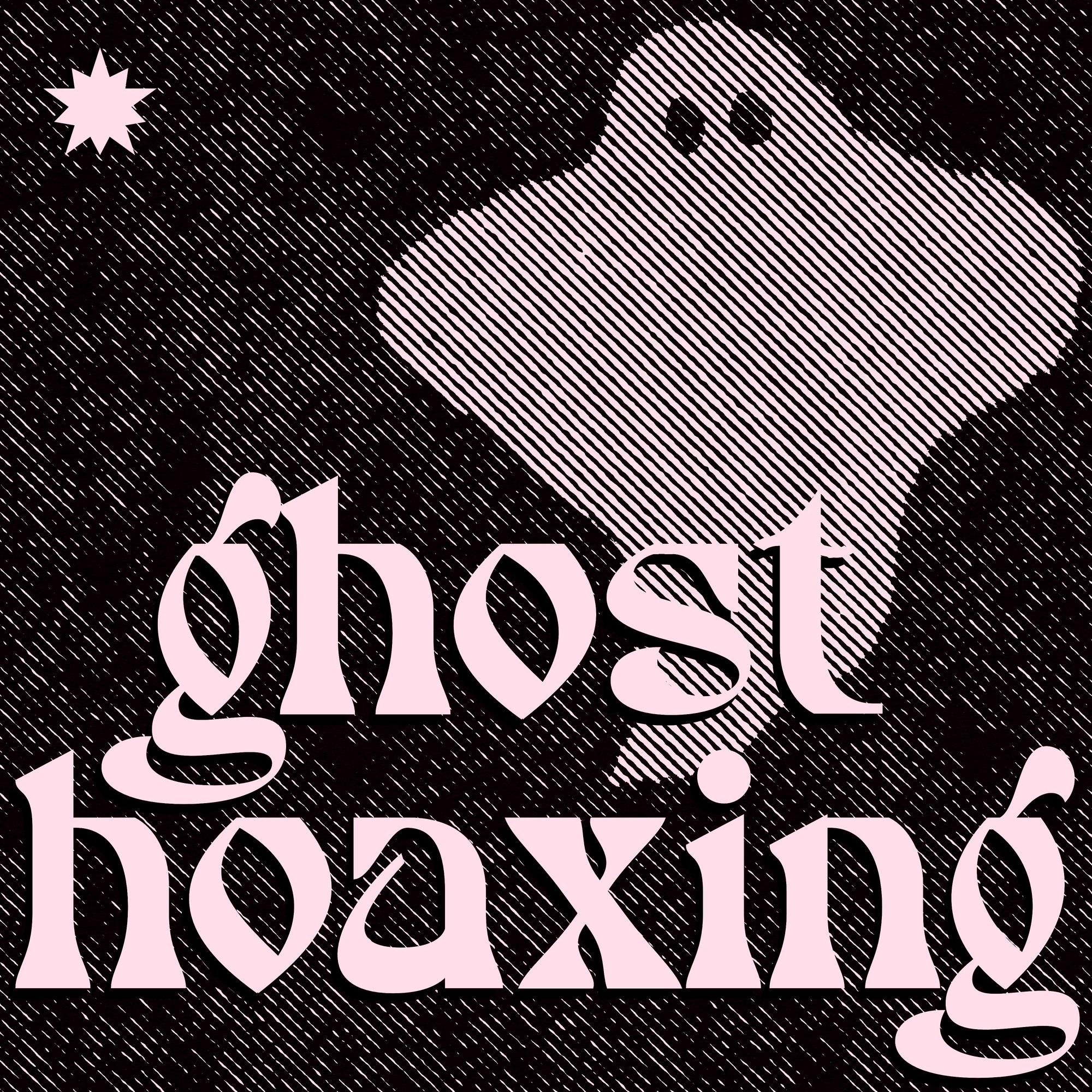Victorian Ghost Hoaxers: Part 4

Note: This post contains mentions of physical attacks, vigilantism, mental asylums.
In the last post, I wrote about some of the men who dressed up as ghosts in 19th century Australia in order to commit crimes. But women did it too, albeit more often for crimes that you might describe as a bit less violent.
Their transgressions ranged from ordinary to creative. One woman played the ghost to protect herself while stealing chickens and eggs.
Another would dress as a man, visit bars, and chat with men before exposing herself as a woman. (She was charged with indecent exposure). After spending time at the Ararat Lunatic Asylum, she began dressing as a monster in a hideous papier-mâché mask and a white sheet soaked in glow-in-the-dark paint. She would hide under a bridge and jump out and scare people. Waldron argues that the woman would have been told she was a monster and a deviant in the lunatic asylum and by dressing as a ghost she was “in a sense, becoming this thing she was told she was.”
One woman would wear a glow-in-the-dark wedding dress, paint her face and arms white, and then play guitar on the roof of a building.
Fighting the ghosts
Now, the citizens of these cities didn't take these ghostly crimes lying down. There are plenty of reports of people fighting back, shooting them (in one case, shooting a man in the rear with a shotgun loaded with rock salt); hitting them with canes; sending dogs after them; and flogging them. One woman played dead while being attacked, and then when the assailant got close, she slashed his face to ensure that he could be found and arrested later.
Newspapers egged on anti-ghost vigilantes, calling the practice of attacking "ghostly" attackers as "laying the ghost." A sort of exorcism, I suppose.
Why play the ghost?
Waldron argues that while people certainly played the ghost to make crimes easier to commit, there was more to it than that.
He suggests that "there is a correlation between the phenomenon of ghost hoaxing and unbidden experiences of the paranormal," since they're both about boundary crossing and breaking taboos. He also points out that "ghost hoaxing creates psychic disturbance, a term which in Jungian parlance means that the psyche of the individual is troubled by that which it cannot fully comprehend."
The Victorians were known for stifling social mores; dressing up as a ghost and running amok was one way to rebel. It's no surprise that so many of the ghost hoaxers' crimes had to do with "invert[ing] traditional gender roles and [breaking] sexual taboos through dress, public exposure, sexual assault or harassment, and foul language."
And of course liminality, our old pal when it comes to all things paranormal, is in play here:
By cloaking oneself in the symbols of a superstitious and Gothic past, one could gain a sense of empowerment and anonymity. Hoaxing occupied a liminal space in which a person could break taboos and engage in a carnivalesque inversion of morals, beliefs, and behaviours.
The story of Australian ghost hoaxers is fascinating to me from a historical standpoint, but also from a paranormal one: How many of these ghost sightings were real paranormal experiences? Did that behavior whip up paranormal weirdness? (After all, if you're "playing the ghost," might you summon one?)
We'll never know, but this is a prime example of trickster elements in the paranormal. And it suggests the possibility hoaxes might occur around real paranormal happenings in a way that ensures that no one can detangle them; you can't really sort the mundane from the paranormal in a story like this.
This post doesn’t link to sources as comprehensively as usual, because it's based on an old episode of Buried Secrets Podcast. I wrote this based on the original episode notes, which I penned when I was worse at adding specific in-line citations. But all of the sources I used are linked at the bottom of the episode shownotes page. The main source that I used for the episode was "Playing the Ghost" by Dr. David Waldron.

